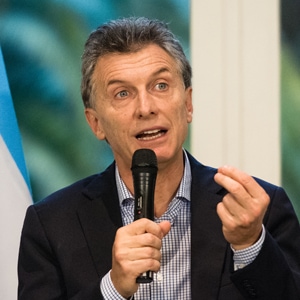The country recorded a GDP growth of 2.7% for the second quarter of 2017 after almost two years of negative growth.
The dark days in the pampas seem to have passed. After almost two years of negative economic growth, Argentina has started a slow and gradual recovery. Yet that process still requires acute attention from president Mauricio Macri, measures against inflation and macroeconomic reforms.

For the second quarter, Argentina recorded 2.7% GDP growth. The International Monetary Fund is projecting growth of 2.5% for the end of the year, while the office of the president Casa Rosada predicts a more optimistic 3.0%.
The recovery process was the result of Macri’s hard work to rebuild Argentina’s credibility with international investors. His economic reform agenda was strengthened recently after winning a crucial victory in midterm elections on October 23.
Before the elections, Macri dismantled the poor national statistics system, reduced price subsidies, eliminated agribusiness taxes and took the public accounts seriously. However, he is still dealing with two significant problems that could drain his popularity and support in Congress: Argentina’s 12-month accumulated inflation rate as of September 2017 was around 24%, seven percentage points above the official ceiling for this year. And the unemployment rate turned down this year but is still high, at 8.7%.
Private investment is coming back slowly. During the first half of thisyear, $5.2 billion in investment was registered. The government, meanwhile, is preparing $26 billion of public investment in infrastructure over the next three years.
“Argentina is recovering its credibility,” said Argentina’s minister of Finance, Luis Caputo, in Washington recently. “It is doing what is required to have a credible and attractive economy for investors and to keep it on the path of sustainable growth.”
Nearly all Argentinian provinces showed positive economic growth results during the second quarter of 2017. Tucuman and Catamarca achieved growth of more than 5.0%, and Buenos Aires, Corrientes, Santiago del Estero and Chaco provinces grew by more than 4.0%. The livestock, forestry and construction sectors led the recovery process. And there are signs that the manufacturing industry is catching its breath again, helped by more positive news coming out of the Brazilian economy.



